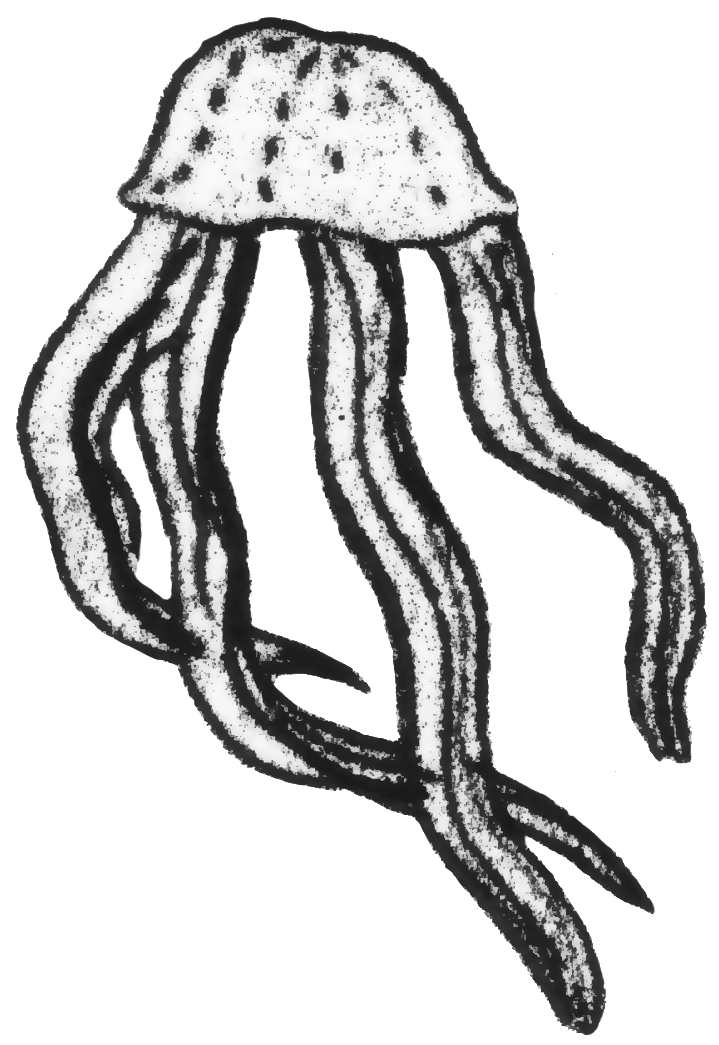News article about current research on optimal lighting in tunnels to protect roosting bats - for Science Matters magazine.
Study aims to draft guidelines for optimal lighting strategies to conserve bats while reopening disused tunnels in the UK
By Sneha Uplekar
The UK has around 650 disused tunnels, out of which 250 are in the South West of England. They could be opened for cyclists and walkers, but these abandoned spaces are also habitats for various species of bats. Could there be a way for the tunnels to be used by people, without disturbing the bats?
Chiara Scaramella is a PhD student investigating the impact of artificial lighting in tunnels on bat activity. One of the main objectives of the study is to draft guidelines, which currently don’t exist, for optimal lighting strategies to minimise the impact on bats while reopening disused tunnels.
Bats play a vital role in the natural environment, providing various ecosystem services like pest control and pollination which are important for food production. They are also good bioindicators - this means that the presence of bats points to the good overall health of that ecosystem.
Light pollution is one of the biggest threats facing bats, and there are many studies that focus on the impact of artificial lighting on bat activity. This study is unique in that it examines the ecological relationship between bats and tunnels, and the impact of artificial lighting in these niche spaces.
“There are many organisations that want to reopen tunnels in the UK. We want to find optimum levels of brightness and colour temperature so people can use the tunnels while also preserving bat colonies” said Chiara.
Chiara’s study began in January 2023 and is a collaboration between UWE and the University of Bath, with field sites spread across the South West.
The research is divided into two phases, phase one is focused on the ecology of bats that use the tunnels. This includes understanding the level and the nature of bat activity as it varies throughout the year. For example, bats are very active during summer months but hibernate in their roosts during the winter.
The second phase is to test the effects of artificial lighting in the tunnels on bats. This will involve testing the impact of various configurations, colour temperatures and levels of brightness on bat activity.
Chiara’s interest and passion for bats is longstanding, her master’s thesis looked at bat activity in organic versus conventional agriculture in mediterranean farmland.
“Bats provide many ecosystem services and are very important for the environment. I do ecology, so for me, there is an intrinsic value in conservation. But it is really important to highlight the value of bats because that’s what policymakers are interested in. That’s one reason why research like this need to happen” said Chiara.
The study has wide implications. Findings could be applied throughout the UK, and anywhere where there are disused tunnels that need to be reopened.
